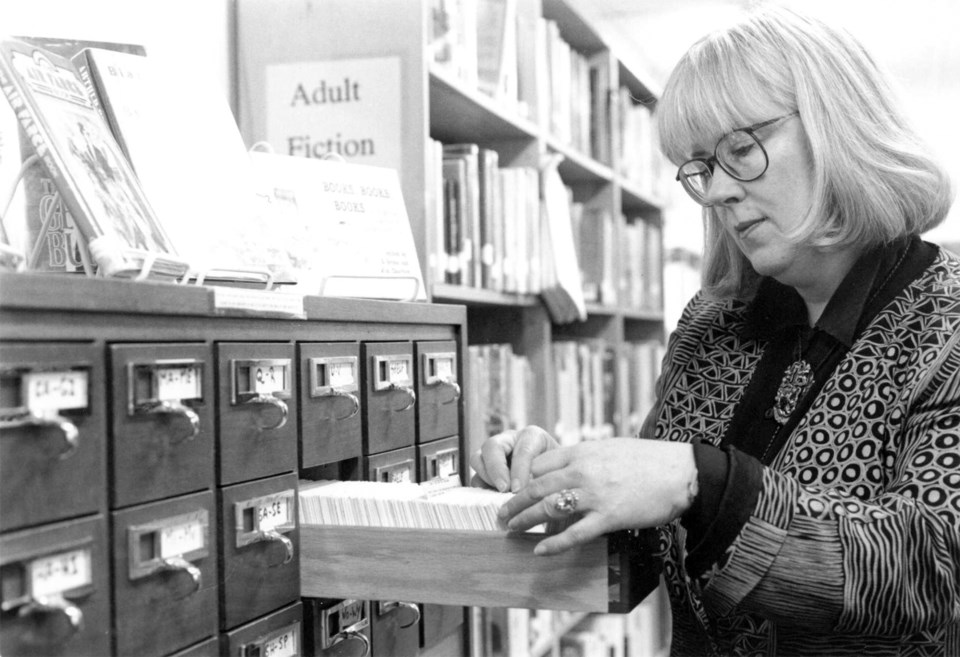When Marcel and Joan Richoz first moved to Alta Lake (the area would not technically be known as Whistler until 1975), it was a move to a much smaller community and a rather different way of life than the Whistler of today.
Originally from Switzerland, Marcel began skiing at Whistler Mountain in its first season, having previously skied on Grouse Mountain and been told about the development happening at Whistler. In 1968, he saw lots for sale in Alpine Meadows for about $1,800. Thinking that was expensive, he put off buying a lot until the price had gone up to $3,500.
Marcel purchased the lot as an investment, but after he and Joan spent the 1971-72 season living in a small village in Switzerland they found it hard to return to city life in Vancouver again. Instead, they put up a big canvas tent on the lot in Alpine and spent the summer camping. Marcel, a fine woodworker, began learning carpentry and over the next couple of years he and Joan constructed a small, round log cabin on the property, followed by a house they built themselves with help from friends and neighbours. Looking back during an oral history interview in 2023, Joan recalled they moved into their permanent home during a blizzard in November 1974.
Though Whistler had been declared a municipality by the time their daughter was born in late 1975, there were still relatively few families around and services such as pediatricians and grocery stores were a drive or a train ride away. Joan and her baby would catch the train at the flagstop at Mons and be picked up by her father in North Vancouver in order to visit the doctor, run errands, and do the shopping for the next few weeks before catching the train back up.
Joan began volunteering for the Whistler Community Arts Council (today Arts Whistler) in 1983 when her neighbour, Margaret Long, co-founded the first Whistler Children’s Art Festival. She also began volunteering at the Myrtle Philip School, especially in the library and during lunch hour. When the Whistler Public Library Association was formed in December 1985, Joan served on that board as well, before becoming the library’s first (and for a time) only employee.
Like Whistler, the library that opened in 1986 was a much smaller and different library than the one that we know today. It was located in 1,400 square feet in the basement of municipal hall and began operating in August with a collection of 4,600 books. The space had been furnished with custom shelving by members of the Rotary Club of Whistler, notably Andy Petersen and Bill Wallace, and was open to the public for a total of 16 hours per week.
Joan had completed a distance education program that the provincial government offered to become a community librarian. Unlike a public librarian in a larger city library, community librarians were expected to do just about everything, from cataloguing each item in the collection to janitorial duties when needed. This meant while volunteers helped process (cover and label) and shelve books, Joan was responsible for creating the catalogue cards. Each item required at least three 3”x5” cards containing all of its information and most items had more. One card would be kept back for inventory, one would be filed as a title card, and another would be filed under the author. If a book could be searched for under multiple subjects, Joan would create additional cards to be filed under each subject heading. Working with only an electric typewriter, each card was typed individually. The following year, the library got its first computer and Joan found an automated program that meant she only had to type out the information for each item once and could then print out copies of the cards as needed.
Along with cataloguing, Joan managed a busy library that also served as a community centre and meeting place for Whistler residents and visitors. Joan ran storytimes for kids and got to know almost everyone who came in, even remembering some of their library card numbers before circulation became automated.
Since opening in 1986, the Whistler Public Library has moved twice and grown a lot in its collection, its programs and its usership.




